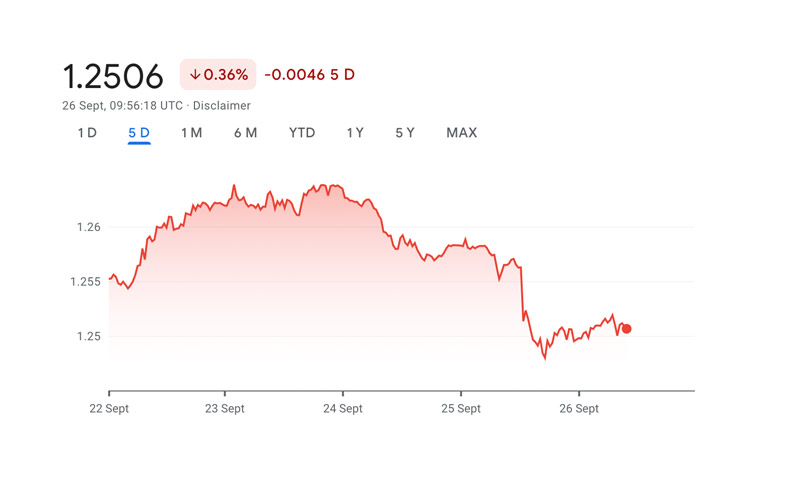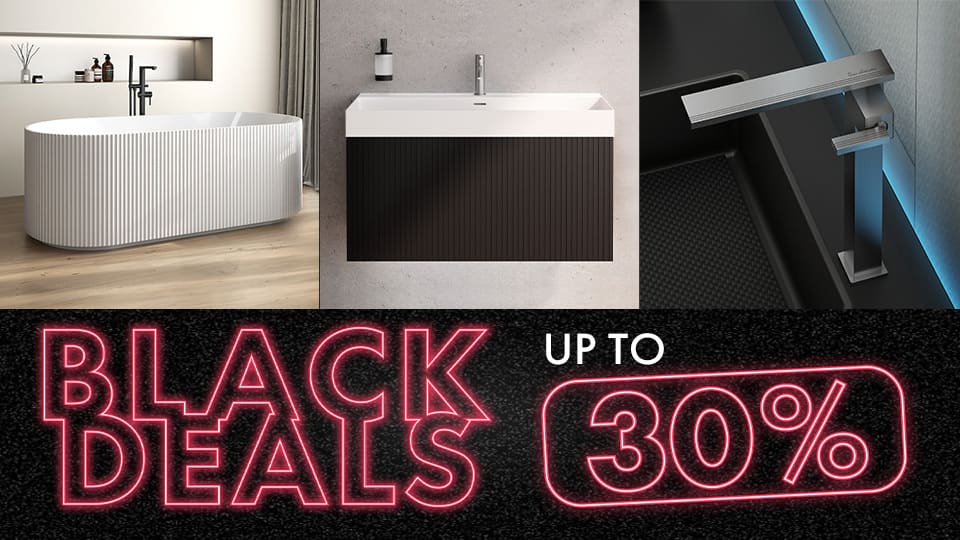Valuation Pro – Now with data back to 1985 + outlook for the next 12 months
View value development now
Everything homeowners need to know — Every first Thursday of the month.


Everything homeowners need to know — Every first Thursday of the month.

Regional craftsmen
Only certified companies
Quality guarantee
.png)
The Swiss National Bank (SNB) decided on September 25, 2025, to keep the key interest rate at 0.0 percent. This move was in line with what most market observers had predicted.
Inflation in Switzerland has remained practically unchanged and low in recent months. It rose from -0.1% in May to 0.2% in August. This increase was mainly driven by tourism and imported goods.
At the same time, global economic growth slowed slightly in the first half of 2025 due to ongoing geopolitical uncertainties and U.S. tariffs. The SNB expects inflation in the Eurozone to stay around target, while it is likely to rise in the U.S. How resilient the global economy will be in light of these uncertainties is difficult to predict.
These developments also affect the Swiss economy. In the second quarter, GDP grew by only 0.5%, and unemployment rose to 2.8%. Companies in the machinery and watchmaking industries are particularly affected by U.S. tariffs.
The SNB is keeping interest rates at a low level to support the economy. With inflationary pressure still low, it sees no risk of inflation.
Zero interest rates also make the Swiss franc less attractive compared to other currencies. Immediately after the SNB’s announcement, the franc lost slightly in value. This benefits exporting companies by making them more competitive, though it also raises the price of imported goods and services.

The reference interest rate for tenants has been 1.25% since September 2. This rate does not follow the key interest rate directly but reacts more slowly. Tenants whose contracts are based on a higher reference rate may be eligible to request a rent reduction.
Mortgage rates in Switzerland have fallen slightly over the past three months, following the last SNB decision, which cut rates from 0.25% to 0.0%.
The SNB has made it clear that it sees greater risks from weak economic growth than from inflation. This suggests that real estate financing costs will remain low in the coming months and could even fall further.
Homeowners with SARON mortgages in particular are currently benefiting, as these are directly tied to the key interest rate and cost as little as 0.64%. Fixed-rate mortgages are also attractive, with rates up to 1.63% for 15-year terms.
After peaking briefly in 2022, mortgage rates have now almost returned to the lows seen before and during the pandemic years.

Low and likely persistent interest rates make cash and bonds less attractive, while property owners benefit from low financing costs. In addition, demand for real estate is expected to remain high due to continued immigration.
According to the UBS Real Estate Bubble Index, property prices are expected to rise by 3.5% in 2025. At the same time, the risk of a correction or a bubble is considered low. The index takes into account factors such as the price-to-rent and price-to-income ratios (fundamentals), real price changes over 3 and 10 years (dynamics), the buy-rent cost comparison, and the ratio of mortgage volumes to income.
Some regions, however, show signs of overheating, particularly in Graubünden, parts of Upper Valais, and Zug.
The SNB’s latest decision came as no surprise. Most economists expected it to maintain zero rates.
The general expectation is that rates will remain low in the coming months. Geopolitical uncertainties and U.S. tariffs are weighing on the global economy, and low interest rates serve as a countermeasure to stimulate growth.
It is unlikely that the SNB will lower rates below 0.0%. Negative interest rates lose effectiveness when people switch to cash, banks’ profitability declines, and lending is reduced — all of which run counter to the goal of stimulating the economy. Negative rates are also unpopular with the public, who see them as a penalty on savers.
The next SNB decision will be announced in December 2025.
Mortgage rate forecast until the end of 2025:
{{mortgage}}
Money market mortgages such as the SARON mortgage fluctuate, unlike fixed-rate mortgages. This risk is usually offset by lower average costs. An exception occurred between November 2023 and January 2025 due to an inverted yield curve, when long-term rates anticipated cuts while short-term rates stayed higher.
In the current environment, SARON mortgages are expected to remain cheaper than fixed-rate options. Overall, mortgage conditions remain highly attractive, offering buyers a good opportunity to finance property at low cost.
There is no one-size-fits-all answer. Your strategy depends on your view of the market and your risk tolerance.
In general, it is advisable to spread financing across several mortgages and models to reduce risk and avoid refinancing all at once in an unfavourable environment. Whether you choose multiple fixed-rate mortgages or a mix of fixed and SARON mortgages depends on your individual profile.
Every property and every household is unique. Factors such as age, marital status, children, income, and wealth all influence mortgage choices.

